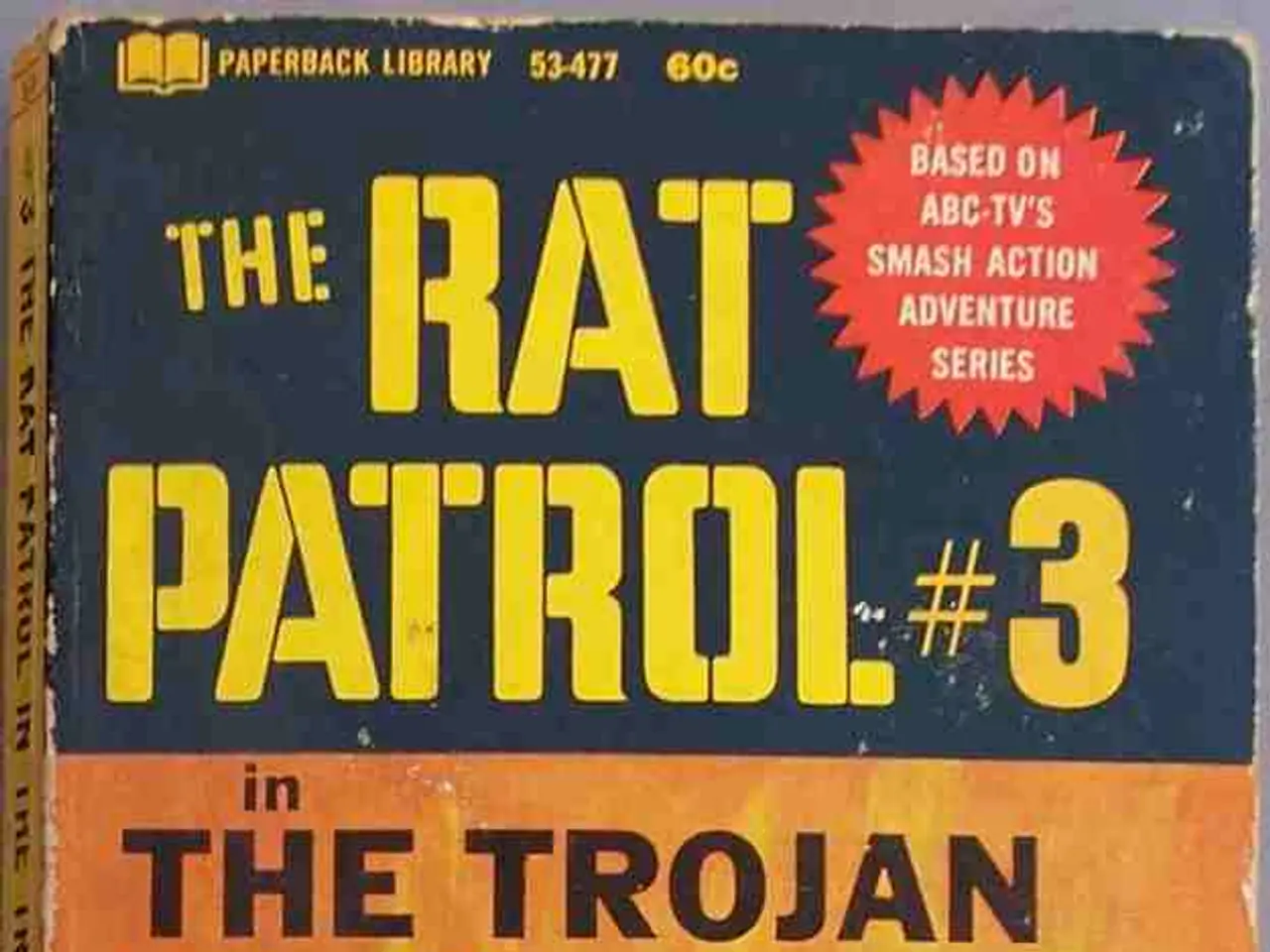The Boundaries of Reasoning: The Superiority of Storytelling Approach in Meeting Modern Warfare Challenges
In the rapidly evolving landscape of modern warfare, the importance of narrative intelligence has become increasingly evident. This form of intelligence, which enables understanding and shaping the cultural, psychological, and informational context of adversaries and populations, is essential for strategic information dominance, coordinating multi-layered narratives, and influencing audiences effectively in multi-domain operations.
Logic-based decision making and AI-driven data analysis undoubtedly improve decision speed, precision, and efficiency. However, they alone cannot fully address the complexities of human perception and narrative dynamics in conflict. Narrative intelligence supports not only crafting persuasive information campaigns and exploiting propaganda but also improving leadership through emotional intelligence and sound judgment in stressful operational contexts.
Dr. Kenneth Long, an associate professor of logistics at the Command and General Staff College, estimates that an emphasis on exceptional information and other narrative processes has the potential to save the US military $30 billion annually in measurable efficiencies. The curriculum for improving narrative intelligence is proposed to have significant applications for the US military.
To improve military communication, it is suggested to replace logical definitions with narrative actions and limit information in military orders. This approach aims to boost creative thinking, a neural tool for inventing original tactics, strategies, and plans of action, by incorporating narrative.
The human brain is innately adept at narrative, but can be trained out of it. The student's narrative powers have atrophied due to heavy logic training, making him distrust his own speculations. The first step in teaching the student is to restore his confidence in his biology and encourage him to reactivate his narrative machinery.
This new approach to human-AI partnerships focuses on training human operators' narrative skills and programming AI to identify when data is insufficient and transfer authority to humans. This curriculum has been successfully piloted at Ohio State's Project Narrative, the world's leading academic institute for narrative theory.
The animal brain evolved a special mental mechanism called narrative to survive and leverage opportunities in a hazy world of emergent threats. Narrative equips the brain to run the scientific method of practical prediction and experiment, making educated guesses that can be refined by trying them through action.
In summary, integrating narrative intelligence with logic-based decision making helps the military achieve strategic coherence in multi-audience information operations, maintain information dominance in future conflicts, enhance operational effectiveness through emotional intelligence and sound judgment, and avoid politicization by ensuring intelligence supports security rather than undermining it through misaligned narratives. This comprehensive approach to intelligence aligns advanced technology with human factors to meet the demands of modern warfare effectively.
- To become more effective in modern warfare, military education should incorporate narrative intelligence for understanding and shaping adversaries, populations, and cultures.
- Dr. Kenneth Long estimates that an emphasis on narrative intelligence could save the US military $30 billion annually through measurable efficiencies.
- To boost creative thinking and improve operational effectiveness, military communication should shift from logical definitions to narrative actions, limiting information in military orders.
- Training human operators' narrative skills and programming AI to transfer authority when data is insufficient has been successfully piloted at Ohio State's Project Narrative.
- The human brain evolved a special mental mechanism called narrative to survive and thrive in a hazy world of emergent threats, making educated guesses through action, which can be refined by the scientific method.




